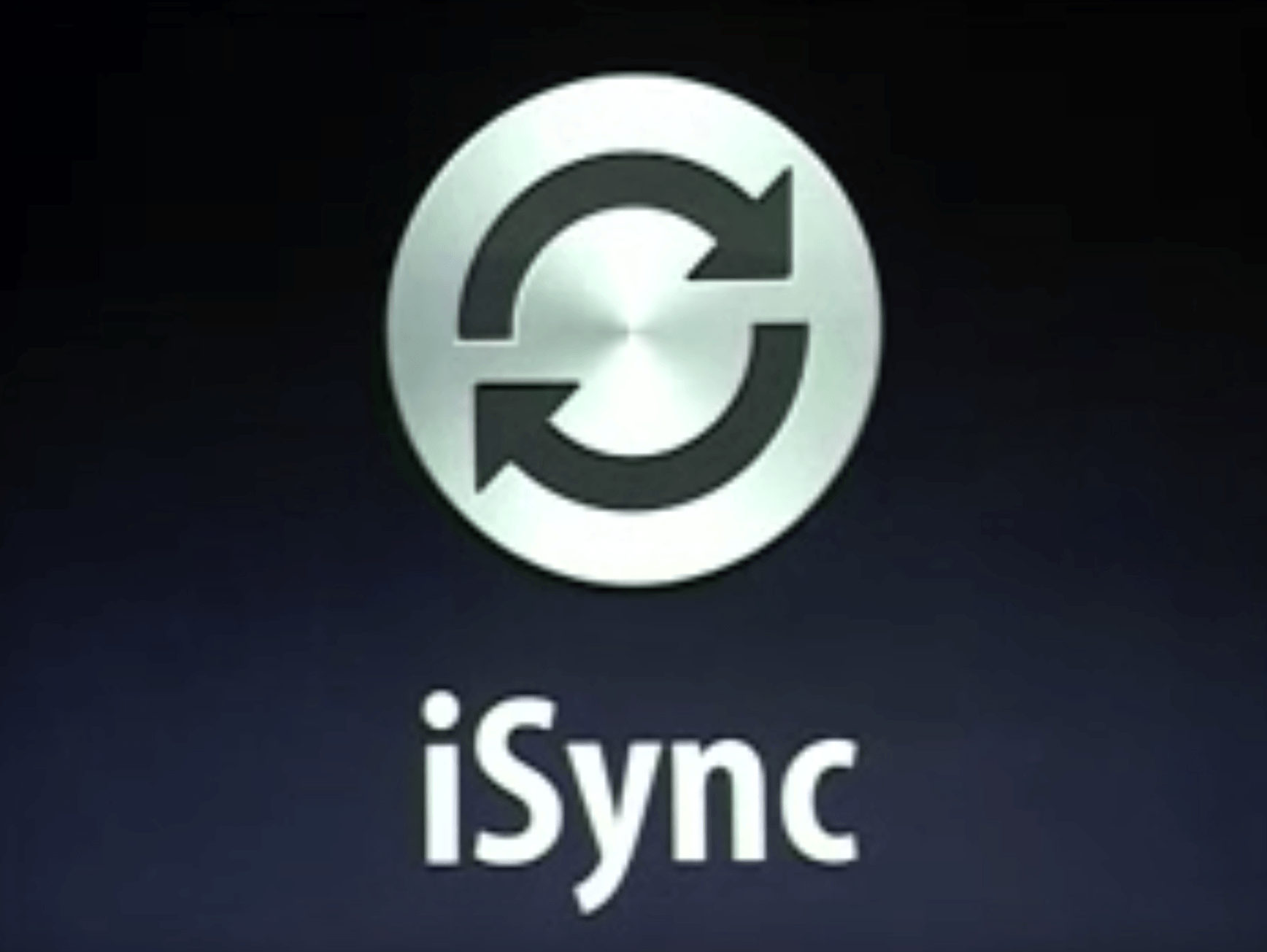Today in Apple history: Macs get that iSyncing feeling

September 30, 2002: Apple introduces iSync, a tool that lets Mac users synchronize their address books and calendars with their cellphones, iPods and Palm OS-compatible handheld organizers via Bluetooth.
It represents a big leap forward in the ability of computers and mobile devices to talk with one another. And it hints at some of Apple’s later advances.
iSync: The start of something big
“iSync is the beginning of something really big,” Steve Jobs said in a press release on this day 15 years ago. “With the push of a button, iSync synchronizes the address book and calendar on your Mac with those on your mobile phone.” It was, as he stated during a Paris introduction to the technology, the arrival of “Mac to mobile.”
Today, iSync represents something of a forgotten app. The idea of an audience applauding the ability to call contacts from your Mac using your cellphone seems as retro as the early model Sony Ericsson Bluetooth mobile phones used in Jobs’ demo.
In fact, iSync was an ingenious tool. Using an open SyncML standard, it made it possible for the first time for Macs to easily talk with Apple’s still-new iPod as well as gadgets made by third-party manufacturers.
Sure, other proprietary apps would let you sync a specific device to your computer. But iSync’s wireless approach made it something everyone could do. In short, it made syncing painless. That’s something Apple is still trying to perfect today with services and features like iCloud, iTunes backup and Handoff.
Predicting Apple’s future
iSync wasn’t actually developed by Apple. (FusionOne built it.) However, iSync fit perfectly into Apple’s “digital hub” strategy.
Hearing Jobs in the above video talk about the importance of cellphones, PDAs and Macs — and their life-transforming abilities, if one device could speak to the other — is a pretty neat summary of what Apple managed to do with the iPhone, iPad and Mac less than a decade later.
“You want to start looking at your phone as a peripheral to your Mac,” Jobs said.
Based on the fact that iPhone sales way outnumber Mac sales today, Apple likely would not use those exact words today. Still, the impulse that these devices should talk to each other (and Jobs’ early dissatisfaction with the tiny keys on a cellphone, expressed during his talk) certainly seems right on the money.
And, hey, who doesn’t get a tiny bit nostalgic at the sight of Apple’s old brushed-metal icons?




